How To Care For Your Holiday Plants
How To Care For Your Holiday Plants
Cyclamen, Poinsettias, Cedars, Amaryllis, Anthuriums, & Narcissus
“How do I take care of this Cyclamen?” “Can I keep my Poinsettia alive until next year?” “Is is possible to plant this outside?” “How do I take care of the plant a friend gave me at Christmas?” These are just some of the questions that we hear from January 2nd on. Here is a guide for caring for common winter holiday plants.
Poinsettias – Yes, it’s possible to keep them from year to year, but frankly, it might not be worth the efforts needed to do so. Here’s what you need to do: Keep the plant in a bright location (in an eastern or western facing window, or near a southern facing window) and put a saucer under the pot. You should have removed all decorative foil or gift wrapping by now.
Water the Poinsettia well when the soil is dry (the pot will feel lighter in weight) but before the plant wilts. If there is still water in the saucer at the end of the day that you’ve watered it, empty that out so that the plant doesn’t stay too wet.
In late May transplant the Poinsettia to a slightly larger pot, and either put it outside, acclimating the plant to real sun gradually, or place it in a sunny window indoors. Begin a regular fertilization schedule.
In September, either put the plant in a closet every evening at 4 PM and take it out at 8 AM, or cover it with a box in that period so that it gets no light after 4. Continue this until early December, when the plant should start to color up again. Note that unless you are a professional grower and are raising these in a greenhouse, the plants are going to be more “lean and mean” than those you’ll buy in the garden center.
Alternatively, say goodbye to the plant you have now, thanking it for coming, and buy a new, large and lush plant in December.
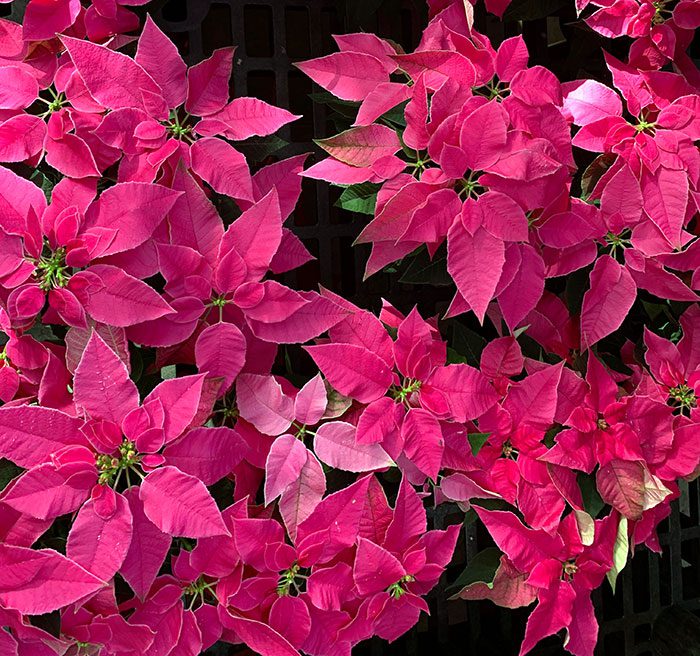
Cyclamen These are one of the trickiest of holiday plants to keep alive. They love cool temperatures, and most of our houses are kept warm at this time of year by our heating systems. So find a bright window (eastern or western exposure, or near a southern facing window but not directly in that location) in a cooler room if possible.
Remove all decorative foil so that the pot can drain into a saucer.
Most importantly, Cyclamen should never wilt but they also are sensitive to being kept too wet. A Cyclamen that is too wet will turn yellow, and one that has wilted in between waterings will stop flowering. Many people water this plant from the bottom by placing it in a dish of water for three or four hours, then lifting it out and placing it back on a saucer in a window. Watering from the top is fine, however, as long as you’re not watering so frequently that the soil remains constantly wet on top.
Learn how heavy a freshly soaked Cyclamen is by lifting the pot to feel the weight. Then three days later, lift it again to see if it’s still as heavy or if the soil is drier, and so the pot is lighter. If there is the slightest sign of wilting, water the plant well but don’t let it sit in a dish of water for more than four hours.
Fertilize your Cyclamen every couple of weeks when it’s still growing, but only after the plant has been watered and mix your fertilizer according to the directions on the package.
Here’s the wild card truth about Cyclamen: they go dormant every year. If your plant is turning yellow and dying back while it still has buds near the base of the plant, it’s either been kept too wet or the plant has dried out too much in between waterings. But if the blooms have stopped and the plant has never wilted, and it hasn’t been constantly wet, it could be that your Cyclamen is just going dormant. You should not fertilize a dormant plant.
Frankly, for most people it’s not worth keeping this plant through its dormant period. But if you do, put it outside in part-shade during the summer and only water it every other week. When the plant is ready to revive in the colder temperatures of fall you will see new growth and at that point you can bring it indoors and start to water and fertilize again.
Cedars & Cypress There are a few varieties of cedars and cypress sold as holiday plants. The most common is the lime green ‘Goldcrest’ Cypress. These plants are not hardy outside over the winter so you can’t plant them in your yard. They are, however, easy to keep from year to year as houseplants. In January transplant your cedar/cypress to a larger clay pot. Keep it in a eastern, western, or southern exposure window until late May. Move it outdoors in late May, first to a shady spot for a couple of weeks, then moving it gradually into more sun. These plants make good deck and porch plants over the summer. Fertilize regularly with a fertilizer such as Maxsea. Bring the plant inside in September or early October.
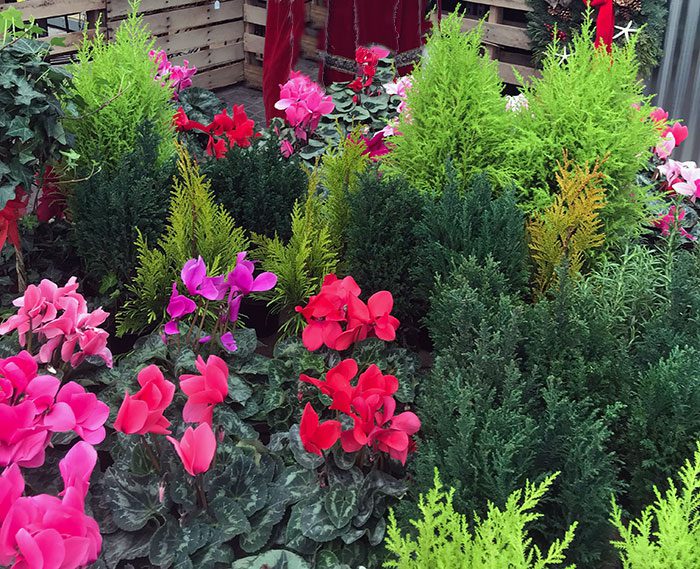
Anthuriums These tropical plants are easy to grow indoors. Keep them in a bright location…so an eastern facing window, or near a western or southern exposure is fine. In other words, bright but not too much sun. Transplant in January to a slightly larger pot with well drained potting soil such as a cactus mix. Fertilize regularly (our staff pick is Maxsea!) according to directions. Water when dry – don’t keep them swampy wet!
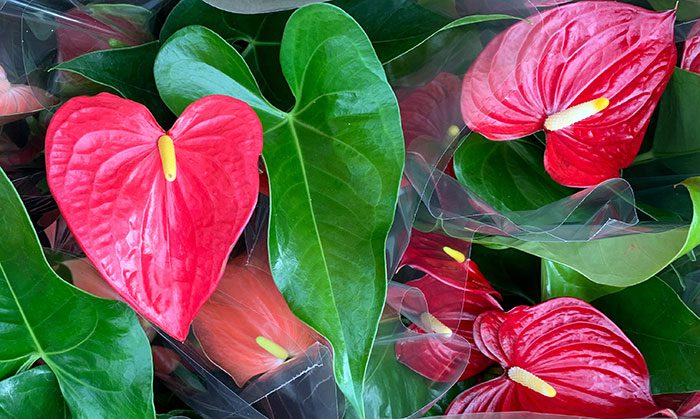
Amaryllis This plant is perfect for keeping year to year because it grows new bulbs to the sides and becomes even more spectacular! After flowering, cut off the bloom stalk and keep the plant in an eastern or western facing window. Start to fertilize in February or a couple of weeks after the flowers fade.
Transplant your Amaryllis to a wider clay pot in February or March. If you mix some Osmocote time-release fertilizer into the potting soil you won’t have to fertilize again until you put the plant outdoors in May. Be sure the pot has a drainage hole and don’t cover that up with anything. (No rocks, paper towels, screens or seashells, please!)
In late May put the plant outside in a place where it will get morning sun. Feed regularly or apply Osmocote when it goes outside. Water only when the soil looks dry – every three or four days is usually fine though the summer.
Bring the pots of Amaryllis inside to a cool location in early October and let the green leaves die back. Do not water for six weeks. In December you can bring that pot inside and water it again. The plant will form a bloom spike at this time.
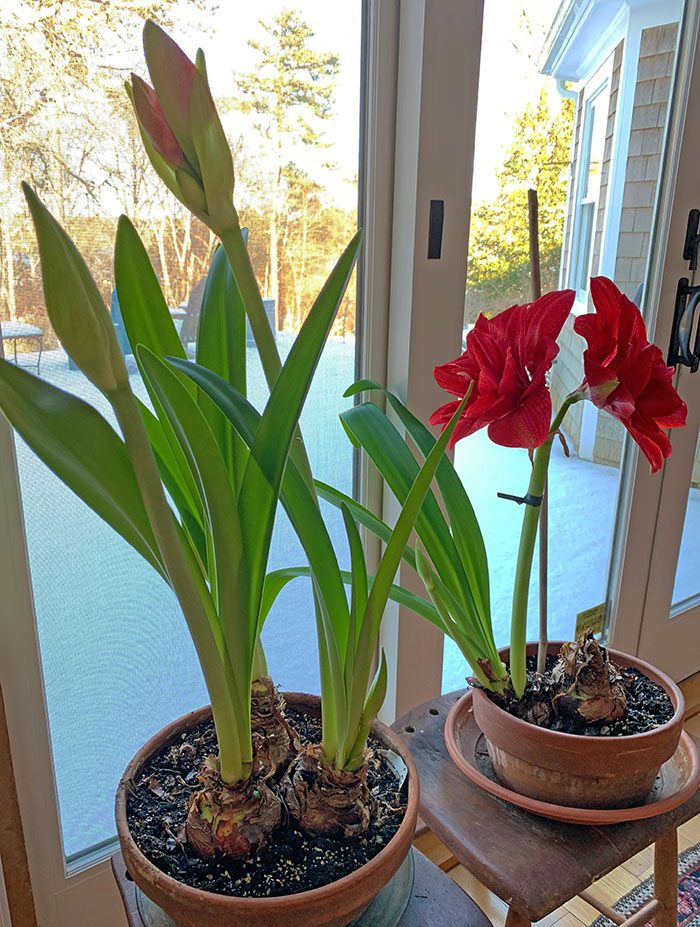
Hellebores We see more and more Christmas Rose plants being sold and with good reason! On Cape Cod, these should be planted outside asap. If the soil isn’t frozen, acclimate the plant by putting it outside every day for a week, bringing it in at night. After seven days plant the Hellebore in the ground in a location that has morning sun but shade the rest of the day. These plants also do well where they get dappled sunlight under trees. Be sure and place it where you will see it in future winters, since these plants bloom from early December into March.
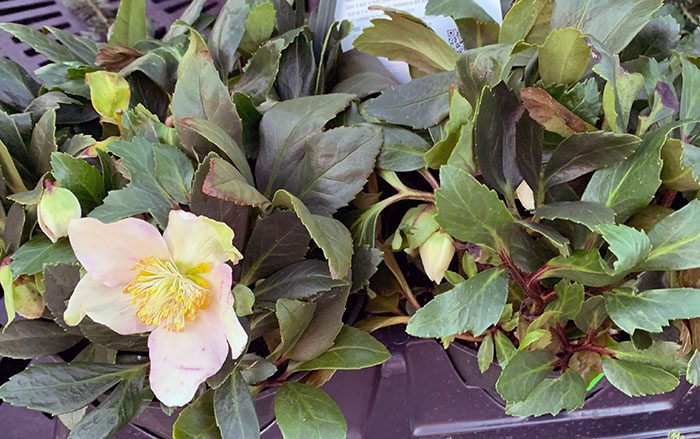
Narcissus Paperwhites These bulbs are bred to delight us indoors as we watch them grow and flower. After that, they are done. Mission accomplished! They will not grow and bloom again, either inside or out. They are not hardy on Cape Cod, so don’t waste time thinking about planting them in the spring. Thank them for coming and toss the plants, bulbs and all, into the compost.
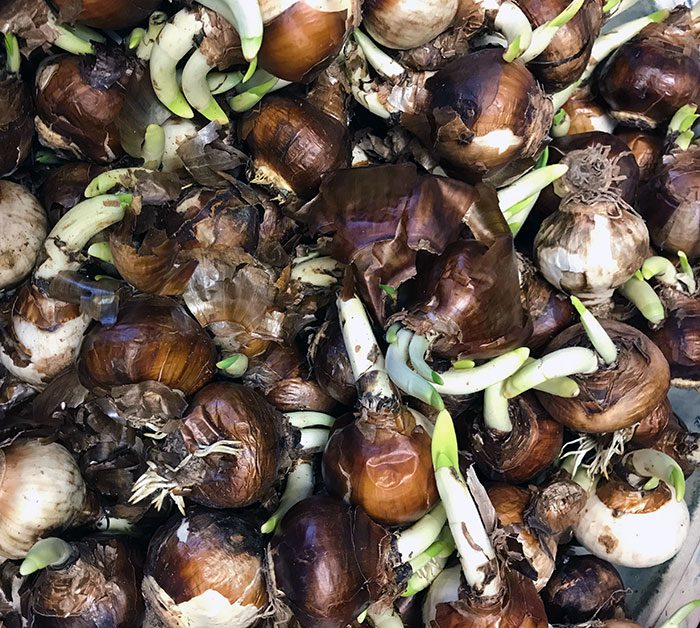
If you have a question about your holiday plants, stop into the store this winter. We’re open seven days a week and can help you find just the right pot, soil and fertilizer for your plants. The staff favorite, Maxsea, is pictured here. Enjoy!
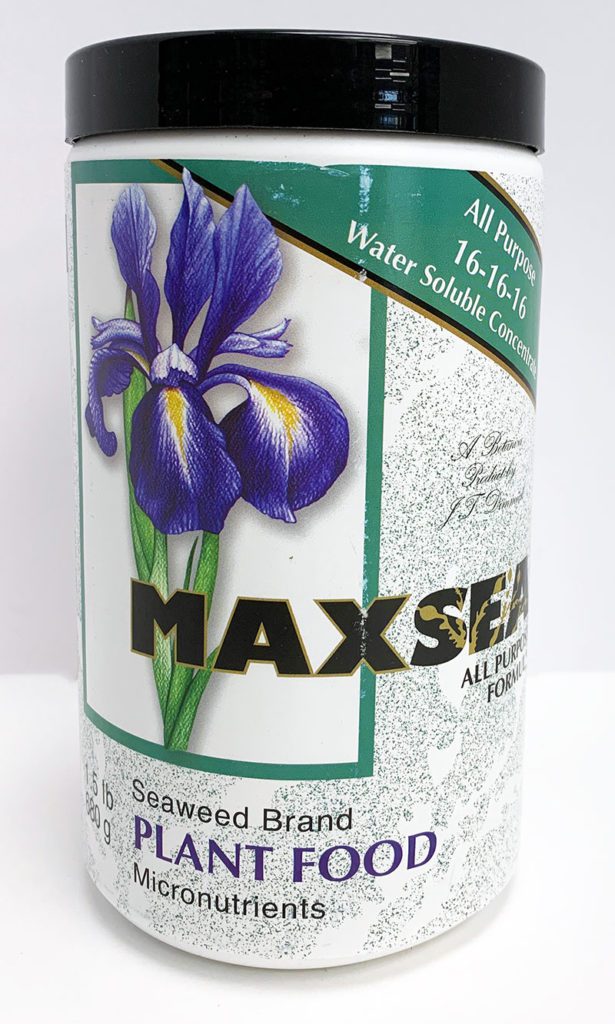
2 Comments
Leave a Comment
Subscribe To Our Newsletter
Sign up for our weekly email about sales and events.

Please add how how long the Paperwhite Narcissus stems grow to be. I can’t judge my containers accurately against your containers.
Also I see natural rocks in with Paperwhites. Can I use rounded sea rocks and bricks gathered years ago? How long should sea rocks be exposed to fresh water before using?
Karen – most paperwhites have stems that reach 18″to 24″ as the flowers open. The stems will be longer in areas with less light. If you have a vase that is at least 18″ tall that’s a good choice. Yes, you can use sea rocks. I’d soak them overnight, then rinse and they will be pretty salt-free at that point. Enjoy!